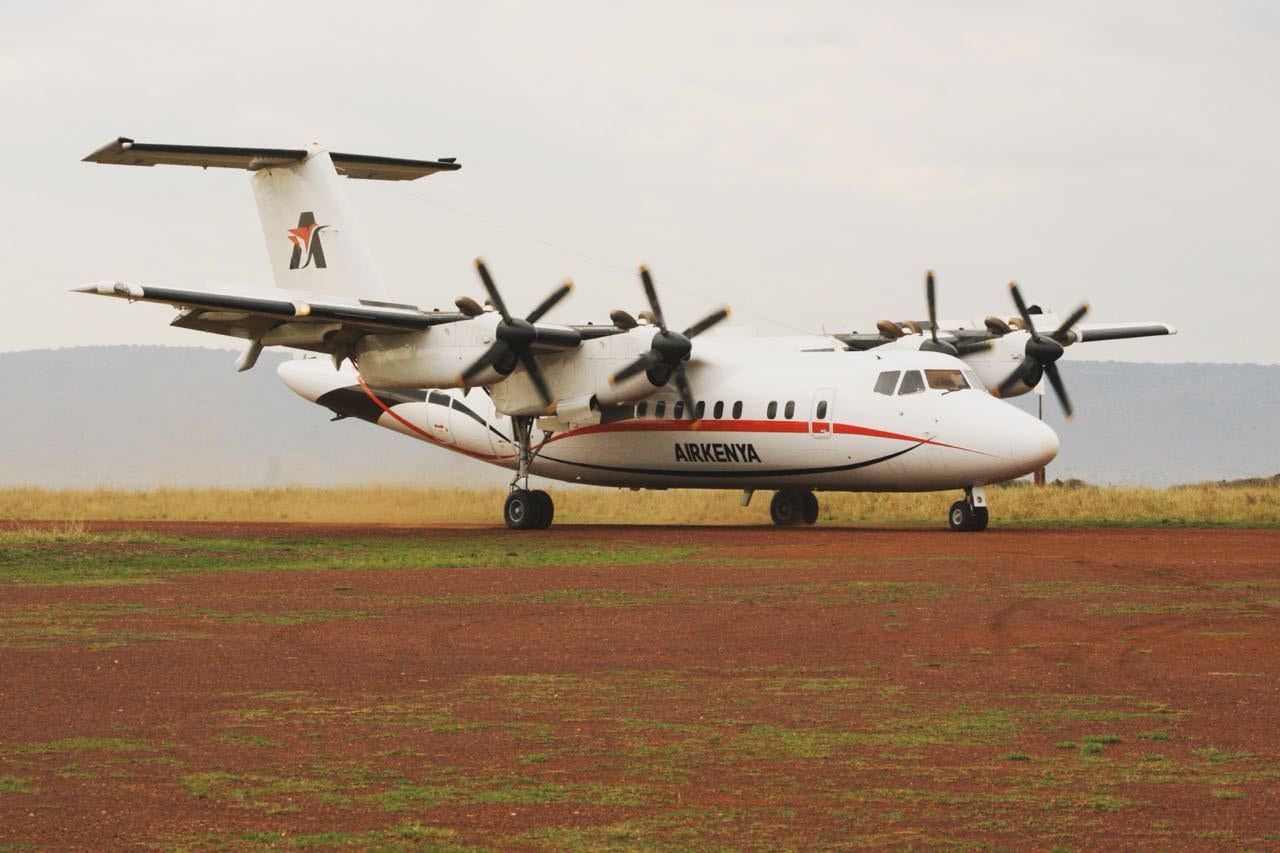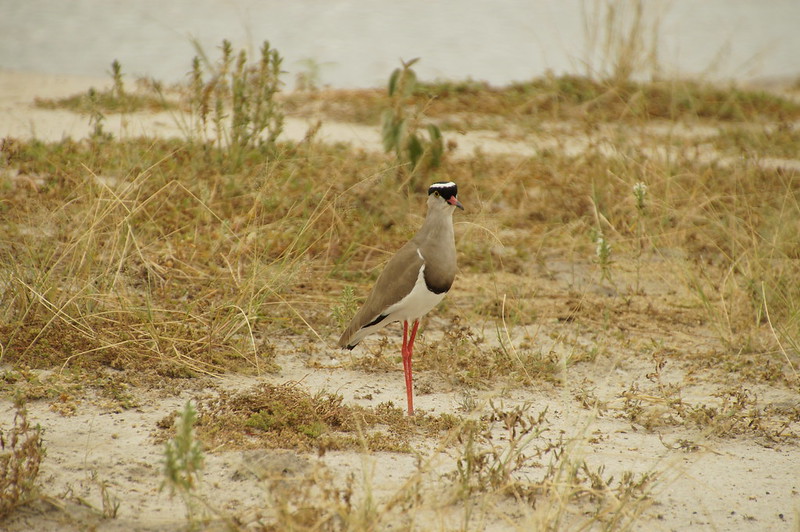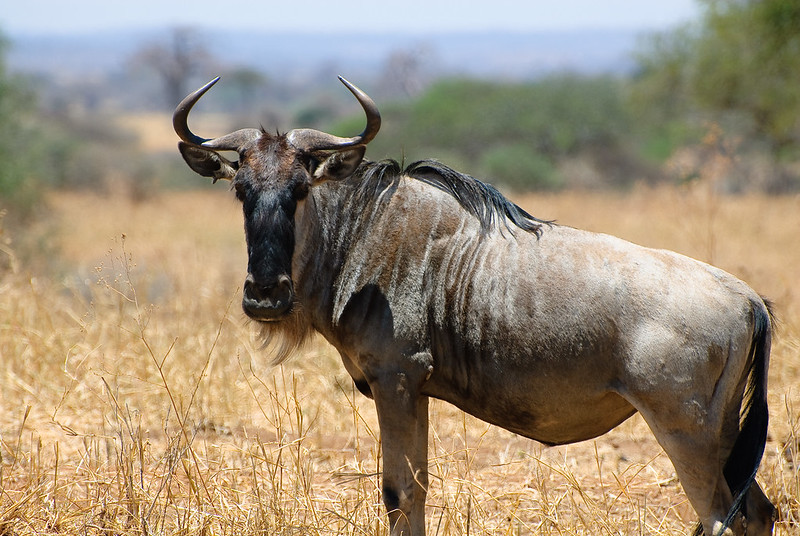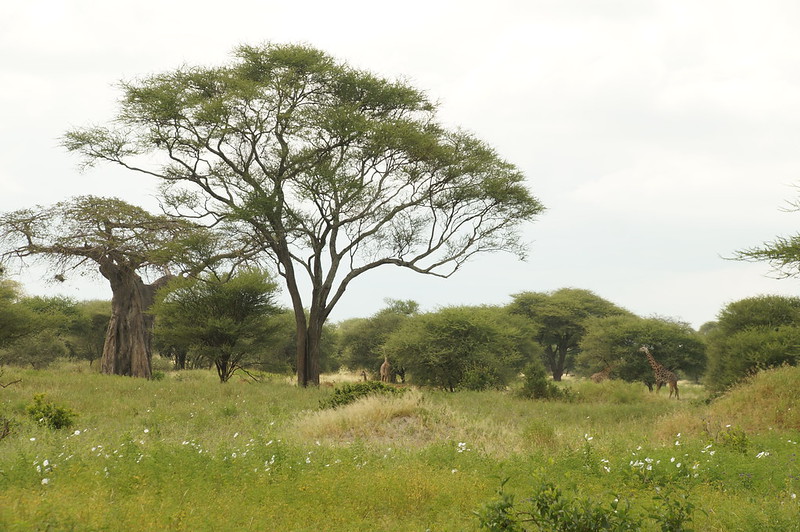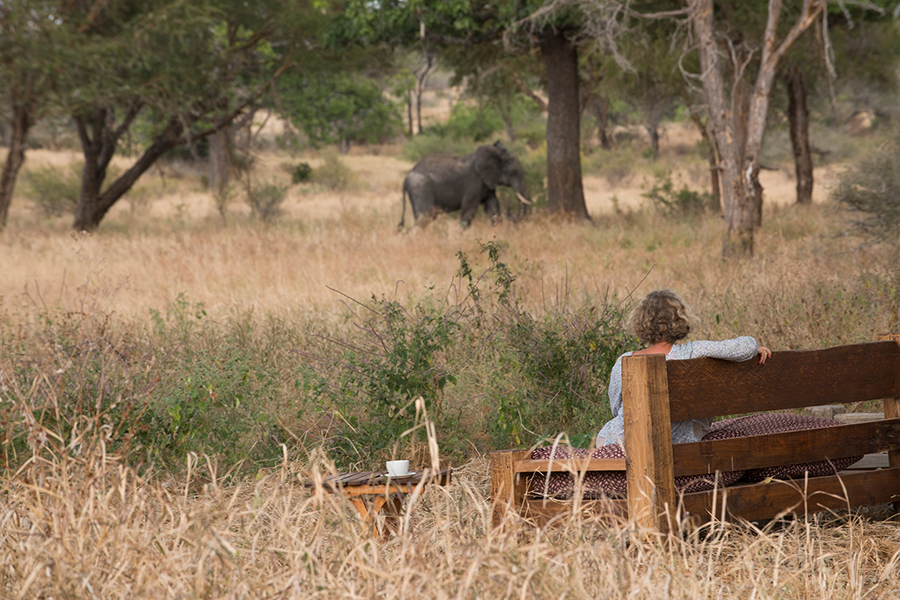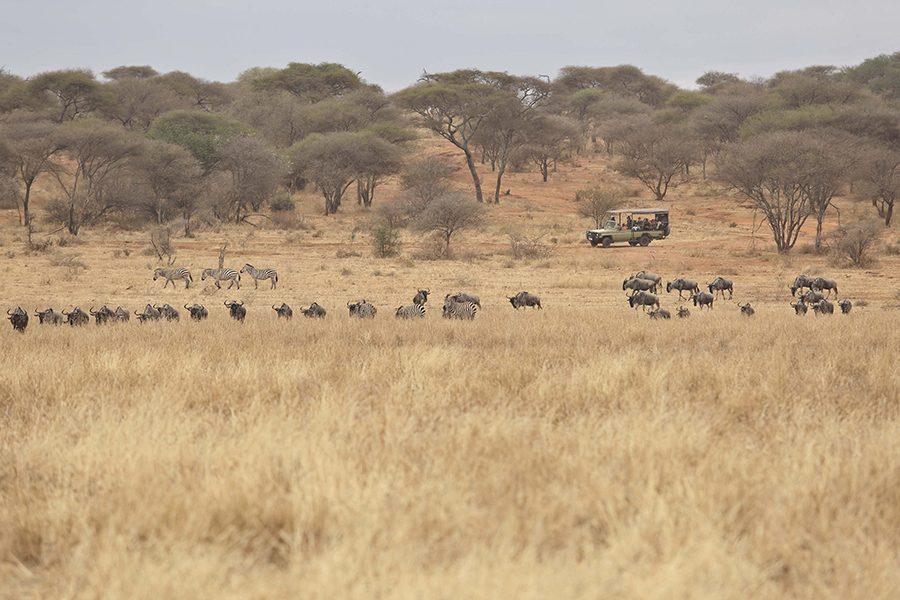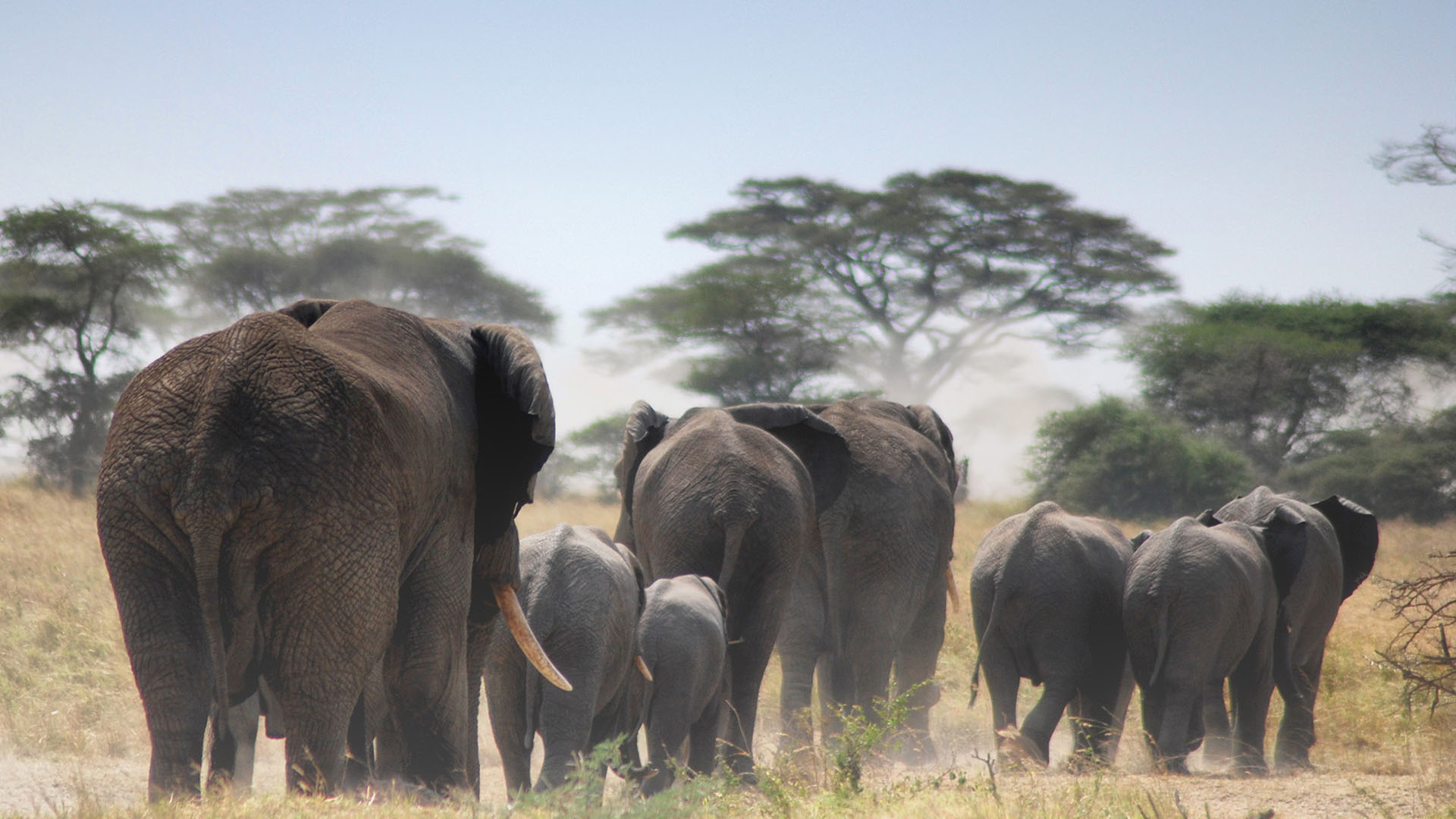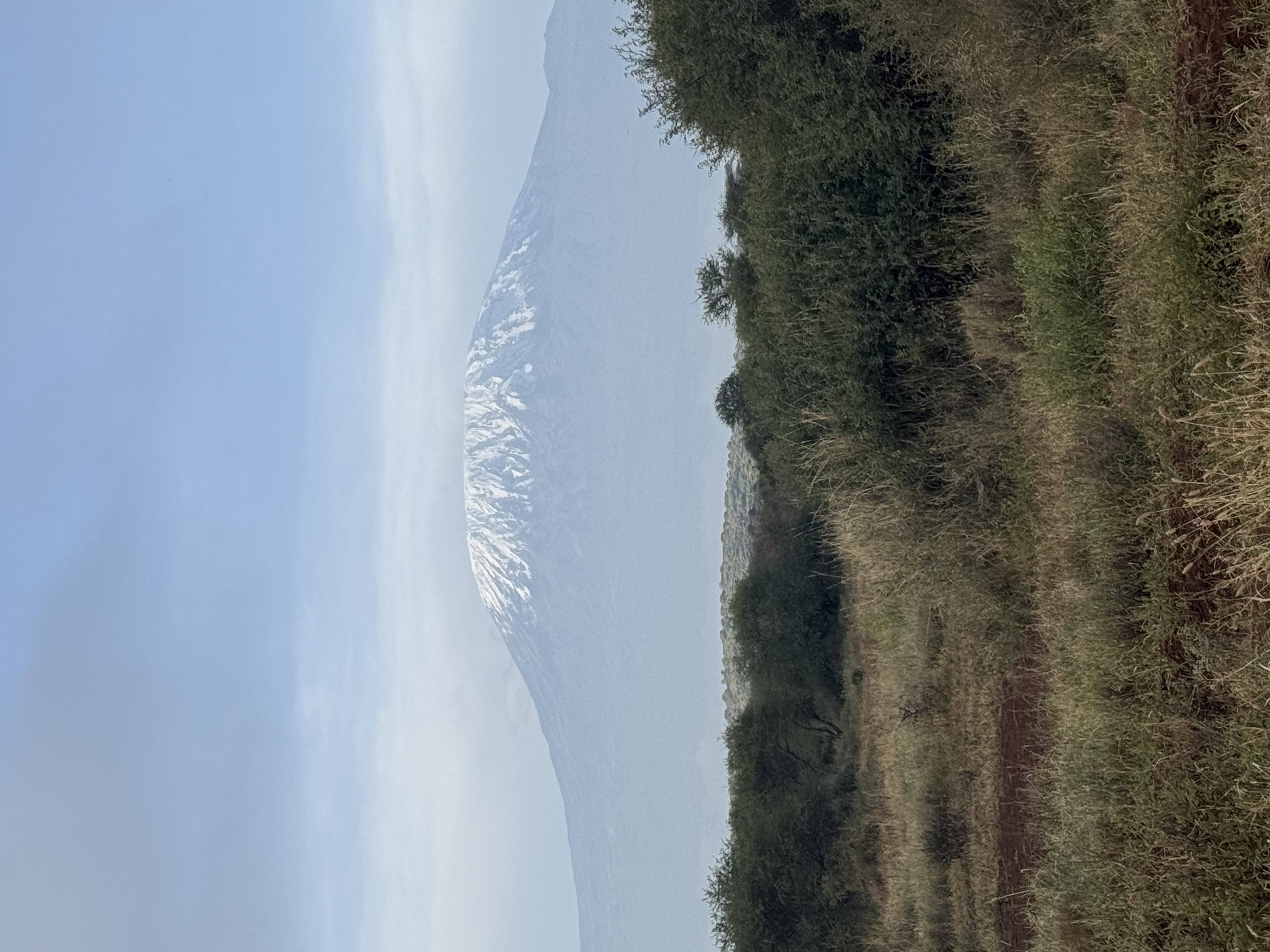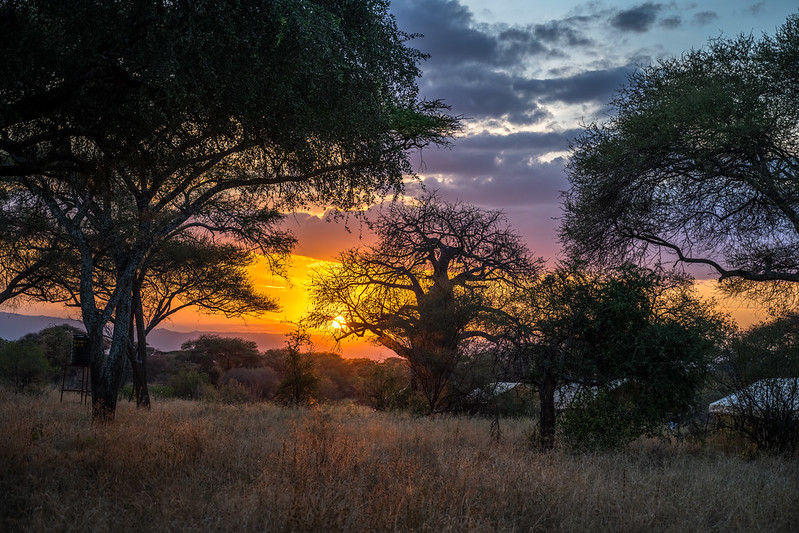
Tarangire National Park
Overview
Tarangire National Park, located in northern Tanzania, is renowned for its large elephant population, ancient baobab trees, and diverse wildlife. Covering approximately 2,850 square kilometers (1,100 square miles), it is the sixth largest national park in Tanzania. The park is named after the Tarangire River, which runs through it and serves as a vital water source for the animals, especially during the dry season.The Tarangire River is a permanent water source, attracting a multitude of wildlife, particularly during the dry season (June to October). The river’s waterholes become gathering spots for animals, providing spectacular game-viewing opportunities. The river meanders through the park, flanked by lush vegetation and offering picturesque views of the surrounding landscapes. The park is dotted with impressive baobab trees, some of which are centuries old. These iconic trees, with their massive trunks and unique shapes, are a striking feature of Tarangire’s landscape.Tarangire’s varied terrain includes open savannas, acacia woodlands, and swampy areas, each supporting different wildlife species and adding to the park’s ecological diversity.Seasonal swamps in the park are home to waterbirds and provide a lush habitat for various animals during the wet season.Tarangire is famous for its large elephant herds, with numbers often reaching into the hundreds. These magnificent creatures are a highlight for visitors, seen roaming the plains and gathering around the river.The park’s successful elephant conservation efforts have led to a stable and thriving population. Besides elephants, Tarangire is home to an array of wildlife, including lions, leopards, cheetahs, buffalo, giraffes, zebras, wildebeest, and various antelope species.The park is one of the few places in Tanzania where visitors might see lesser-known species such as the fringe-eared oryx, gerenuk, and the elusive greater kudu. With over 550 bird species recorded, Tarangire is a haven for bird enthusiasts. Notable birds include the colorful lilac-breasted roller, yellow-collared lovebird, and a variety of raptors.The park’s swamps attract numerous waterbirds, including pelicans, herons, and storks.
Park access
If
Park gates
If
Park attractions
If
Park wildlife
If
Camping
If

